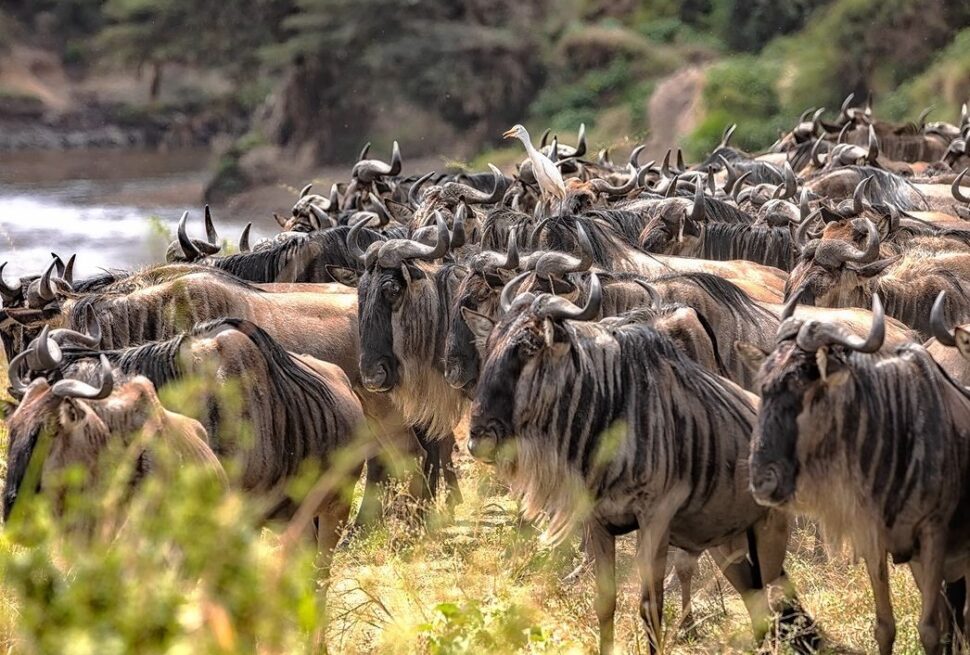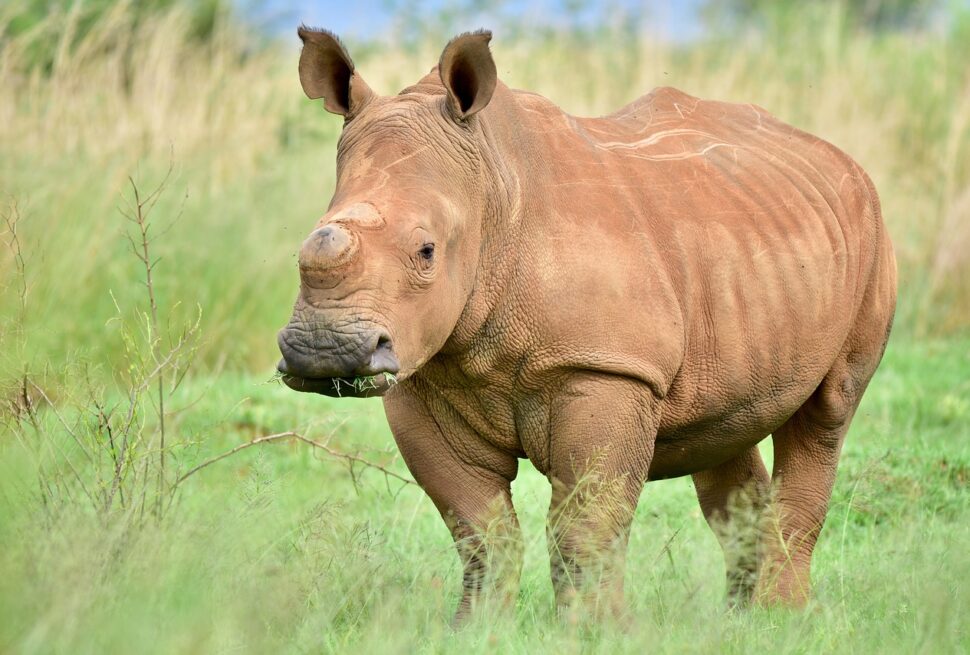When you visit Kenya, one of the most enriching cultural experiences is the chance to interact with the Maasai people. Renowned for their colorful attire, fascinating traditions, and close connection to the land, the Maasai offer a unique window into the heart of East African culture. If you’re planning a Masai Mara safari or any adventure to Maasai country, taking time to engage with the Maasai is a must.
While exploring the stunning landscapes of Kenya’s Maasai Mara, you can learn a variety of practical skills that have been passed down through generations. Whether you are staying in a luxury lodge or a more budget-friendly tented camp, Maasai villages are often an integral part of the safari experience. Below, we explore 7 practical things you can learn from the Maasai people during your visit.
1. Traditional Fire-Making Techniques
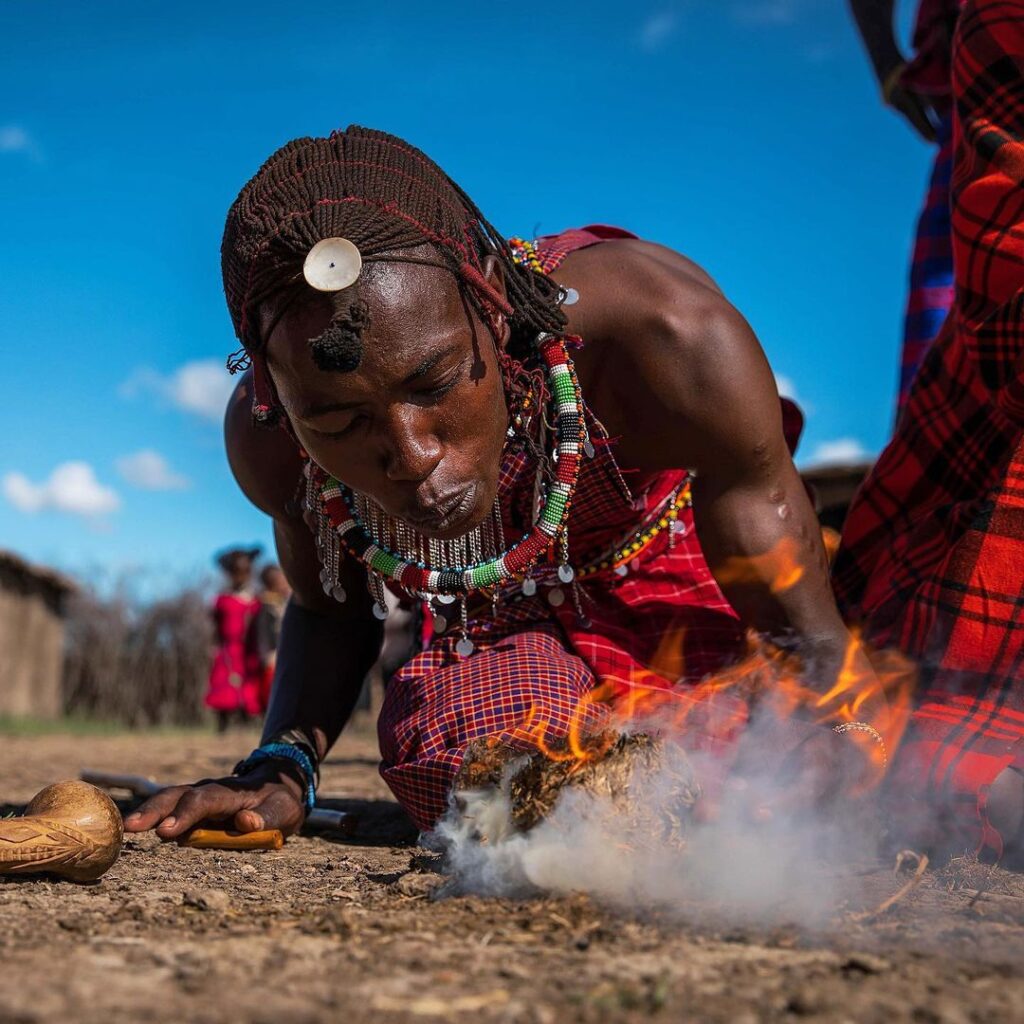
In the modern world, lighting a fire is as simple as striking a match or flicking a lighter. However, the Maasai tribe has developed its own traditional methods for fire-making that have been used for centuries. During your Maasai Mara safari, you may be taught how to create fire using natural materials such as sticks and stones, a process that involves creating friction to generate heat. This skill is not only vital for survival but also a fascinating way to connect with the Maasai’s deep-rooted traditions of self-sufficiency.
If you’re lucky, you might even get a chance to try this method yourself—an unforgettable hands-on experience.
2. Herding and Caring for Livestock
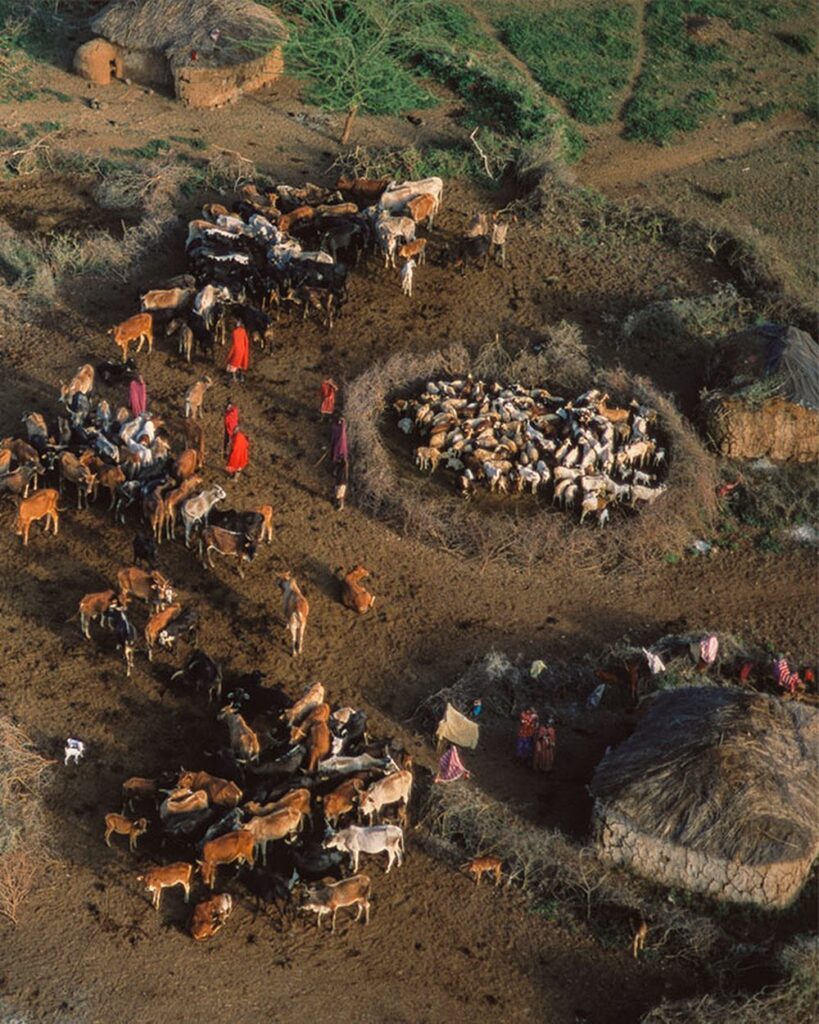
The Maasai are pastoralists, and their livelihood revolves around raising cattle, goats, and sheep. Learning how to herd and care for livestock is a central part of Maasai life, and you’ll have the opportunity to witness this firsthand. A Maasai safari can give you a unique perspective on how the Maasai people of Kenya maintain their relationship with animals, whether through guiding cattle to water or using traditional tools for herding.
You may even be shown the role of cattle in Maasai society, where they symbolize wealth, status, and tradition. In fact, cattle are often part of important social rituals, including marriage ceremonies where a bride price is paid in livestock.
3. The Maasai Diet: Traditional Foods and Cooking Methods
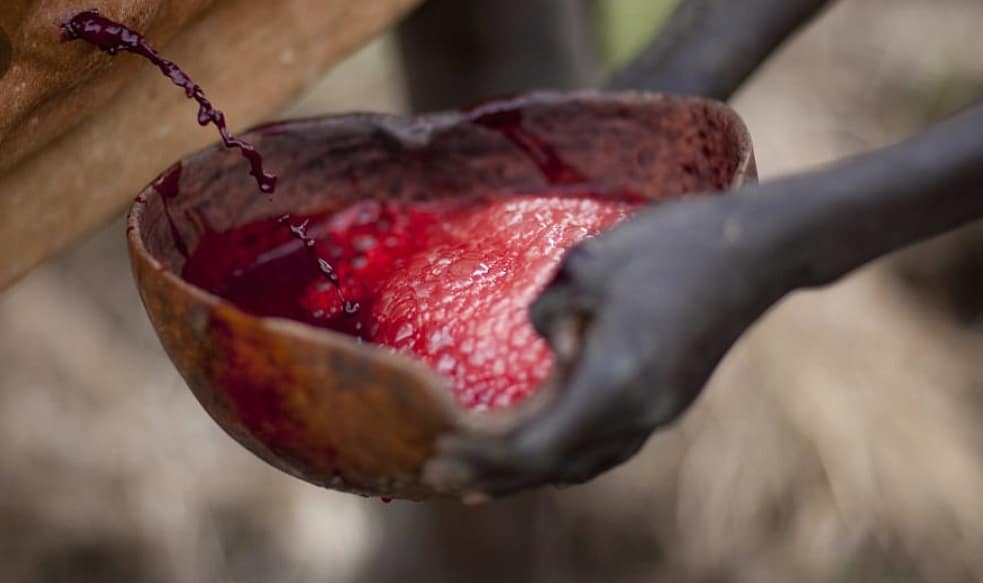
The Maasai people’s diet has evolved over centuries to reflect their pastoral lifestyle. Traditional Maasai foods revolve around milk, meat, and blood, with a rare reliance on vegetables. If you visit a Maasai village during your safari, you might get to try a drink made from cow’s blood mixed with milk, which provides essential nutrients.
You’ll also learn about their simple but effective cooking methods, often done over an open fire using basic tools such as large pots and metal skewers. Sampling traditional Maasai food gives you a real taste of what sustains the Maasai tribe in their challenging environment.
4. Crafting Maasai Beadwork: Symbolism and Art

Beadwork is an integral part of Maasai traditions, used in everything from jewelry to ceremonial attire. The Maasai are known for their vibrant beadwork, with each color and pattern representing a different aspect of life. Red, for example, symbolizes bravery, while blue represents rain and fertility. When you visit a Maasai village, you’ll likely have the opportunity to learn how to make your own Maasai beads and understand their meaning.
The beadwork is not just for decoration but also holds deep cultural significance. It’s a visual language that communicates everything from a person’s age to their social status and marital status. Learning about the symbolism behind Maasai beadwork gives you a deeper appreciation for the community’s rich cultural heritage.
5. Maasai Language (Maa) and Greetings
While many Maasai people are fluent in Kiswahili and English, the Maasai language, known as Maa, is an essential part of their cultural identity. If you’re planning a Masai Mara safari or visiting Maasai communities in other regions, taking the time to learn a few words in Maa can greatly enhance your experience. Words like “supa” (hello) and “sede” (thank you) can go a long way in building rapport with the Maasai and showing respect for their culture.
Learning Maasai greetings is more than just language—it’s about forming a bond with the community and engaging in meaningful interactions that go beyond the tourist experience.
6. Traditional Maasai Huts (Enkang) Construction
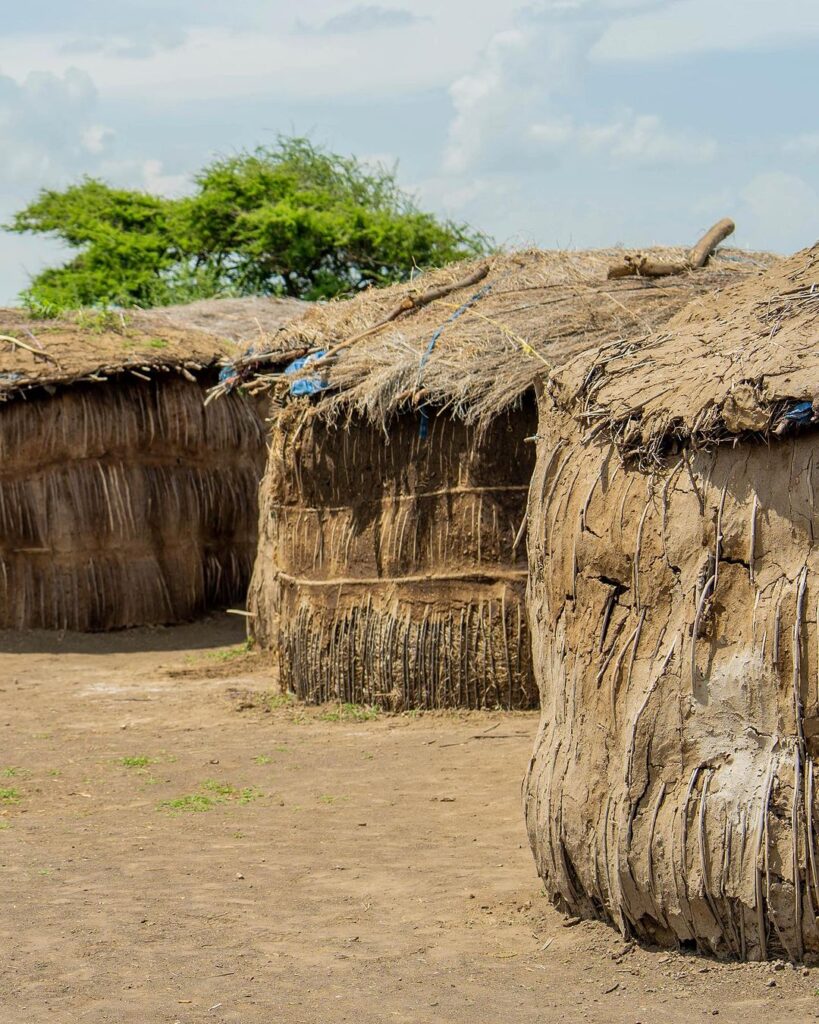
The Maasai live in enkangs, simple but functional huts made from natural materials such as mud, grass, and cow dung. If you visit a Maasai village on your safari, you may have the opportunity to see how these homes are constructed and even participate in the process. You’ll learn how the Maasai combine natural resources to build strong and durable shelters that help them withstand the elements.
The construction of an enkang is a true testament to the Maasai’s sustainable living practices. The design is practical, keeping the heat in during the colder months and allowing for ventilation during the hot seasons.
7. Maasai Weapons and Tools: Traditional Skills
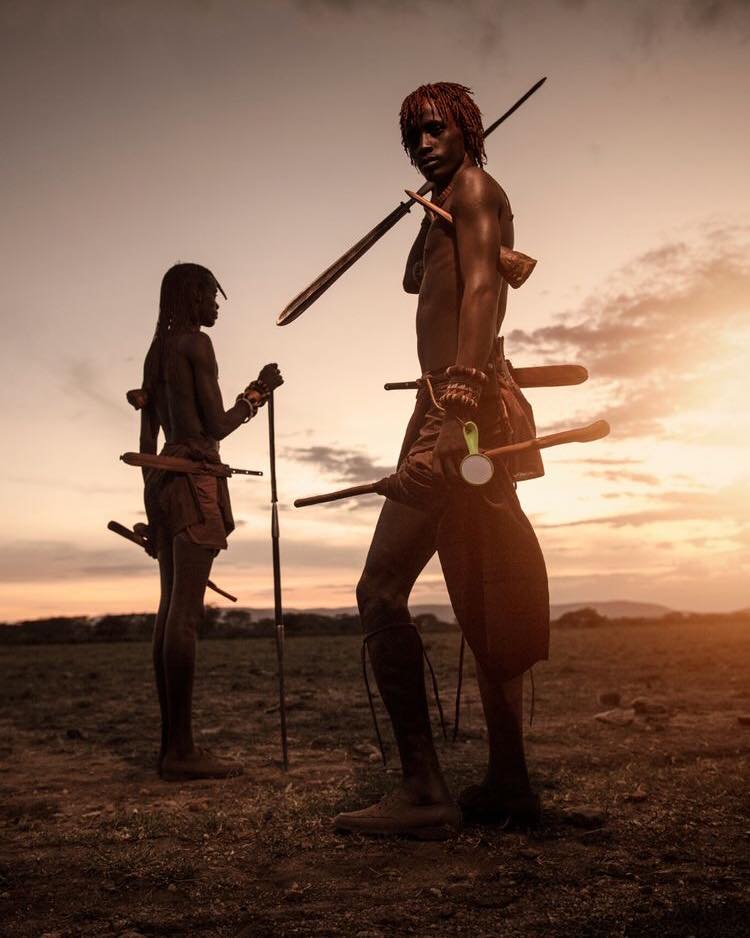
The Maasai have a long history of using tools for protection, hunting, and herding. One of the most iconic items is the Maasai spear, which warriors use for defense and hunting. During your safari, you may get the chance to hold or even learn how to use traditional weapons like knives, spears, and bows and arrows.
These tools are not just for practical use; they are also an important part of Maasai culture. The Morans, or young warriors, undergo intense training to become skilled in the use of these weapons, and they are a symbol of strength and courage. Learning how to use these tools adds another layer to your understanding of Maasai traditions and values.
Connecting with the Maasai Tribe on Your Safari
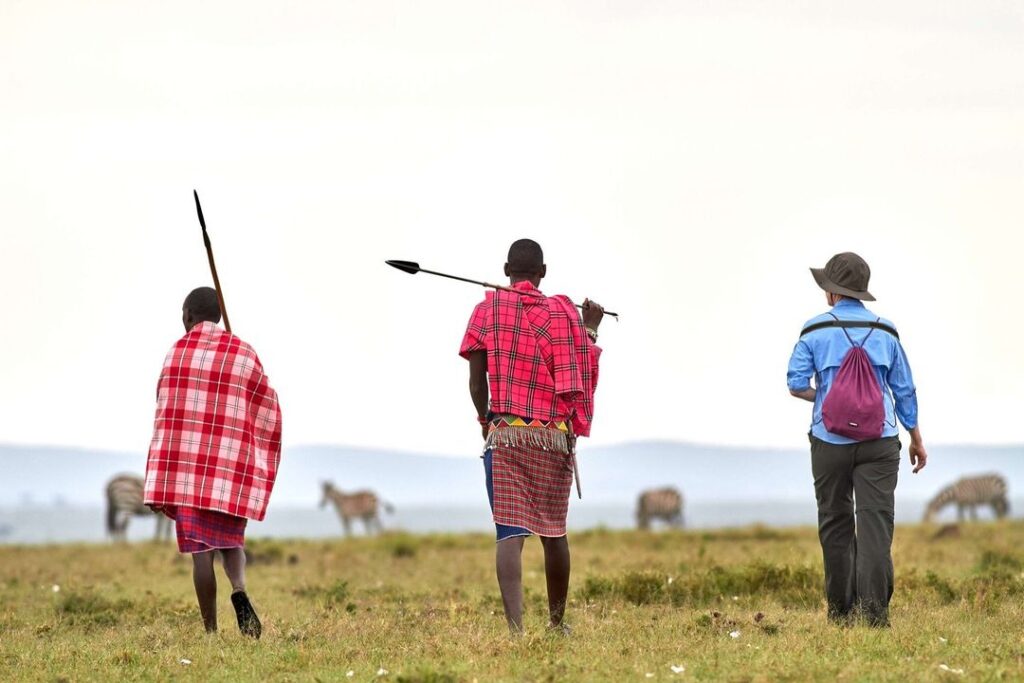
Your Masai Mara safari is not just about witnessing incredible wildlife—it’s an opportunity to connect with one of Africa’s most fascinating cultures. The Maasai people have lived on the same lands for generations, and their knowledge of survival, traditional crafts, and culture offers a unique lens through which to experience Kenya.
Whether you’re learning how to make fire, participating in a traditional dance, or trying your hand at beadwork, a Maasai village visit can be an enriching and educational experience that brings the culture of the Maasai people to life.
For those seeking an authentic and unforgettable experience in Kenya, Gaga Tours offers expertly curated safari packages that include visits to Maasai villages, game drives in the Masai Mara, and other top safari destinations across Kenya. Book your Maasai Mara safari with us today and explore the rich culture and wildlife of Kenya on a budget. Whether you’re looking for a budget-friendly safari, a luxury Masai Mara safari, or an immersive cultural experience, Gaga Tours has something for everyone.

